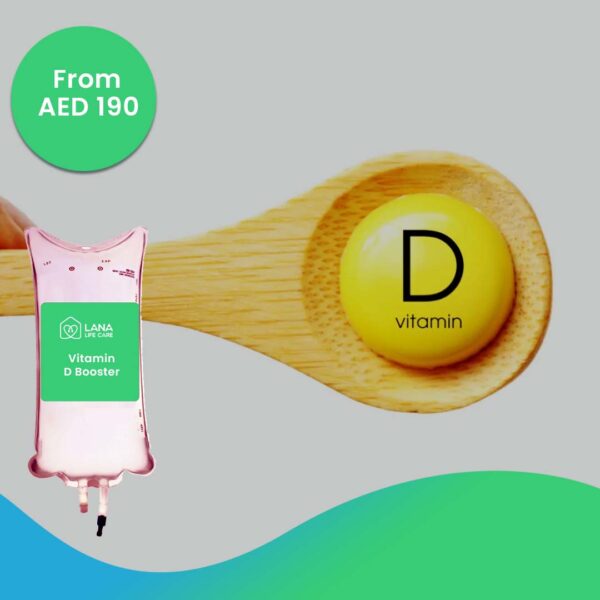Myofascial release therapy is one of the most important treatment methods that many orthopedic and physical therapists rely on today to help patients get rid of pain and muscle stiffness without the need for painkillers or therapeutic drugs, especially in cases of chronic arthritis, rheumatoid arthritis, ankylosing spondylitis, and others.
Myofascial release therapy is a manual therapy technique in which a physical therapist applies constant, prolonged pressure to tense areas of the fascia (myofascial muscles) to relax them, release tension, improve muscle function, and also relieve pain in most cases of bone and joint diseases and inflammation.
In anatomy, fascia refers to the thin connective tissue that covers muscles, bones, and organs, helping to stabilize them. However, when tension in the fascia increases, local or general pain can occur, and range of motion can also be reduced.
Myofascial Release therapy works by applying steady, slow, and painless manual pressure to areas of tightness or stiffness in the myofascial (the connective tissue surrounding muscles). The therapist applies targeted pressure to the tense points, without using rapid or violent movements, just myofascial release massage, thus allowing the tissue to gradually release over time.
This pressure stimulates the fascia to return to its natural, flexible position, restores balance to the surrounding muscles, and helps increase blood flow to the area and stimulate lymphatic circulation, which helps remove inflammation or waste products resulting from muscle tension.
As a result of this therapeutic technique, the patient experiences reduced pain, greater flexibility of movement, and overall body relaxation, especially in areas that were previously stiff or painful.
Also read: Rheumatoid arthritis physical therapy
Although both use manual pressure to relieve muscle tension, there are some fundamental differences in concepts, techniques, and therapeutic goals, as follows:
Focuses on the fascia and addresses broad areas of muscle tension, not just one specific point. It uses gentle, prolonged pressure on the areas of tension until the fascia slowly releases. It typically doesn’t cause severe pain during the session.
It focuses on sensitive points within the muscles known as “muscle knots” or “trigger points”, the therapist addresses a specific point that causes localized pain that may radiate to other areas. It relies on applying more intense and focused pressure.
The patient often feels a momentary pain upon application, and the primary goal is to break up muscle knots and stimulate blood flow to the affected muscle.
Patients suffering from chronic muscle pain, muscle tension, headaches, or neck and back pain, as well as athletes, can benefit from myofascial release sessions at home through home physical therapy or at licensed centers in Dubai.
Myofascial release near me in Dubai is particularly effective in treating and relieving ankylosing spondylitis, rheumatoid arthritis, fibromyalgia, chronic tension, tension headaches, Fascia pain syndrome, or even sports injuries that have not fully healed.
Also read: Ankylosing spondylitis physical therapy exercises
The most important benefits of Myofascial Release for patients when asking for the help of licensed physiotherapists in the UAE are as follows:
One of the advantages of this treatment technique is that it is very safe, especially when performed by specialists. However, in some rare cases, it may cause bruising, temporary pain, or nerve damage. Therefore, doctors advise avoiding it if the patient is being treated with blood thinners or is suffering from a fracture, blood clot, or local infection.
It’s worth noting that research findings and opinions on this matter are mixed. Some studies indicate a moderate effect of myofascial release therapy in reducing pain and improving mobility, but full scientific evidence of its efficacy is still under research and development.
Also read: Ankylosing spondylitis physical therapy
The most important myofascial release techniques to relieve pain and improve movement are:
This technique uses firm, deep pressure with the fingers or elbow to lengthen tight fascia, relieve pain, and improve mobility.
This technique uses very gentle stretching to encourage the tissue to relax and gradually release without pain.
It combines manual pressure from the physical therapist with active movement from the patient to release adhesions and improve range of movement.
The therapist applies continuous pressure without any movement from the patient to reduce tension and increase tissue elasticity.
The therapist gently stretches the fascia to improve flexibility and increase range of motion in the joints and muscles.
This treatment aims to break up adhesions and fibrous tissue, thereby stimulating fluid flow within the muscles surrounding the fascia.
Relies on gentle bouncing movements similar to vibration to stimulate the fascia, increasing its flexibility and mobility.
This treatment targets sensitive points in the fascia by applying direct pressure to relieve muscle tension and localized pain.
Used to release tension in the central nervous system through gentle touch on the head and sacrum, it is considered an indirect form of MFR.
Also read: How to heal a sprained ankle overnight?
Some of the most popular myofascial release exercises that can be performed at home with home physiotherapy in Dubai are:
Performed using a foam roller. Lie on your side with your lower leg raised off the floor, your upper leg extended forward, and your foot touching the floor to stabilize your body. Keep your head in a neutral, forward position, and rest your elbow directly under your shoulder to support your upper body. Slowly roll the roller from below your hip joint down the side of your thigh to near your knee joint, applying pressure as needed.
Sit on the ball or roller under your glutes, placing your ankle on the opposite knee. Gently move to find the point of tension, then apply pressure to stretch the muscle and relieve tension.
Place your hamstrings on top of the roller or ball, supporting your body with your hands behind you. Gently move from your knees to your buttocks to relieve tension and increase flexibility.
Place your hamstrings on top of the roller or ball, supporting your body with your hands behind you. Gently move from your knees to your buttocks to relieve tension and increase flexibility.
To get started properly, consider the following:
Also read: physical therapy for golf elbow
The details of a physiotherapy to home when using myofascial release therapy are as follows:
If you’re looking for myofascial release near me in Dubai, look no further than Lana Life Care, which boasts highly skilled specialists in this therapeutic technique, along with home physical therapy and certified nursing services.
We offer quality, professionalism, and precision at unbeatable prices.
Contact us now, book your free consultation, and begin the easiest journey to pain relief
It helps relieve tension in connective tissue, improve flexibility, and relieve chronic pain.
There is a difference because MFR is slower, deeper, and targets the fascia rather than just the muscles.
It mainly aims to remove tension and adhesions in the fascia to restore movement and reduce pain.
Yes, MFR has helped many patients relieve pain and improve mobility, but it requires follow-up to achieve lasting results.



